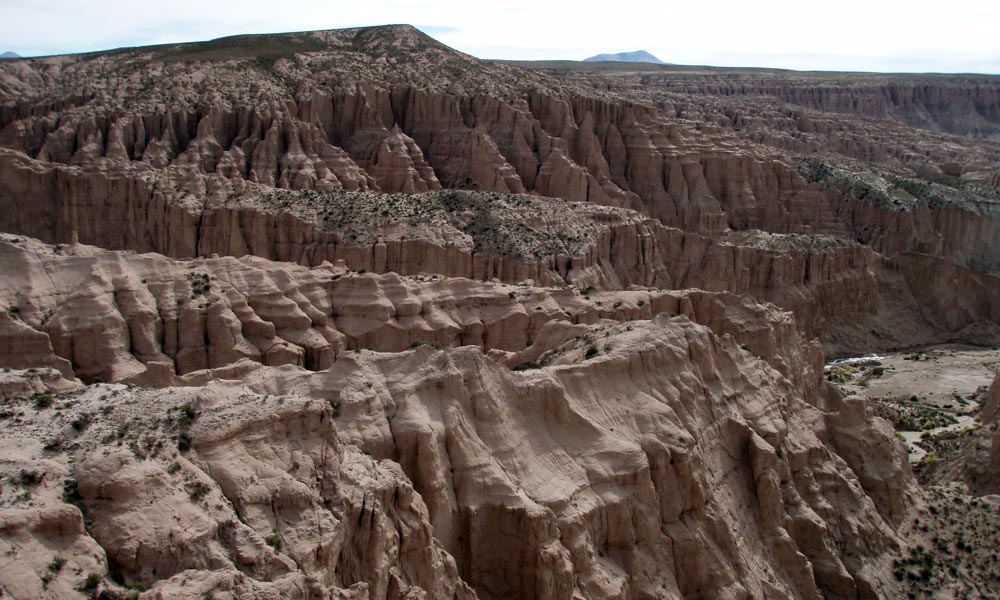One last. Notice that there are mountains the full length of the western sides of North and South American continents. Those weren't all formed by collisions with Antarctica, were they?
Geology
The Andean mountain system is the result of global plate-tectonic forces during the
Cenozoic Era (roughly the past 65 million years) that built upon earlier geologic activity. About 250 million years ago the crustal plates
constituting the Earth’s landmass were joined together into the supercontinent
Pangaea. The subsequent breakup of Pangaea and of its southern portion,
Gondwana, dispersed these plates outward, where they began to take the form and position of the present-day continents. The collision (or convergence) of two of these plates—the continental
South American Plate and the oceanic
Nazca Plate—gave rise to the orogenic (mountain-building) activity that produced the Andes.
Andes Mountains, South American mountain system that contains the highest peaks in the Western Hemisphere. One of Earth’s great natural features, the Andes form an unbroken rampart over some 5,500 miles—from the southern tip of South America to the continent’s northernmost coast on the Caribbean.

www.britannica.com
********************************************************
It’s been understood that the Andes mountain range has been growing as the Nazca oceanic plate slips underneath the South American continental plate, causing the Earth’s crust to shorten (by folding and faulting) and thicken. But that left two questions: How quickly have the Andes risen to their current height, and what was the actual process that enabled their rise?
Several years ago (2006-2008), Garzione and several colleagues provided the first estimates of the timing and rates of the surface uplift of the central Andes (“
Mountain Ranges Rise Much More Rapidly than Geologists Expected”) by measuring the ancient surface temperatures and rainfall compositions preserved in the soils of the central Altiplano, a plateau in Bolivia and Peru that sits about 12,000 feet above sea level. Garzione concluded that portions of the dense lower crust and upper mantle that act like an anchor on the base of the crust are periodically detached and sink through the mantle as the thickened continental plate heats up. Detachment of this dense anchor allows the Earth’s low density upper crust to rebound and rise rapidly.
Scientists have long been trying to understand how the Andes and other broad, high-elevation mountain ranges were formed. New research by Carmala Garzione, professor of earth and environmental sciences, provides an explanation.
www.rochester.edu
I could find no one who even suggested that any portion of the Andes Mountains were created by a collision with the Antarctic plate.

